Research Design
Women were recruited from three ethnocultural immigrant communities in Edmonton. The first community was the Chinese community, chosen because it is the largest immigrant community in Edmonton. The second community was the South Asian community, chosen because it is a very large and growing community. The final community participating in this study was the Sudanese community, chosen to represent a different originating region, and a different migrant experience as many were refugees. Recruitment of participants was done in collaboration with immigrant support/multicultural organizations, as well as health practitioners (e.g. obstetrical physician offices in regions with high densities of immigrants, women's clinics and obstetrical units in hospitals). Informed consent was obtained from all women prior to participation in the study.
A short semi-structure interview was conducted with each participant to discover cultural food beliefs for the perinatal period. Afterwards, women were given a digital camera, shown how to use the camera, and provided with a guide on the types of photos to take (e.g. meals, snacks and drinks over a 3-day period, foods they craved/avoided, (un)healthy foods for the perinatal period, etc.). After a two-week period, the cameras were collected and photos developed. A longer second interview was conducted using the photos as an aid to delve into cultural food practices and women's actual dietary practices (i.e. explore contradictions, differences between what we say we do versus what we actually do).
This report is divided into 4 sections. The first section provides an overview of the study design and a general synopsis of the findings. The following sections provide specific information on food beliefs and practices among three distinct immigrant communities. The intent is that these sections can be used alone while consulting with members from those communities, and will help you, the health practitioner; discover ways to integrate dietary recommendations with unique cultural food beliefs and practices. It is our hope that similar factsheets could be developed for other communities, and be incorporated into materials already in use by clinicians.
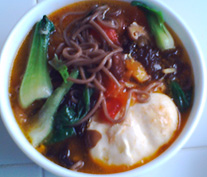
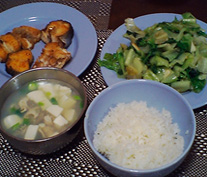
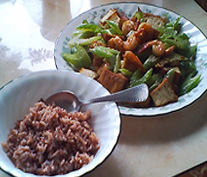
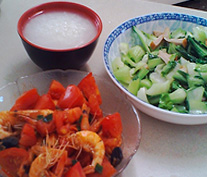
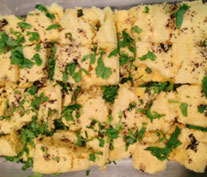
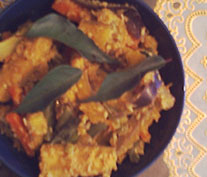
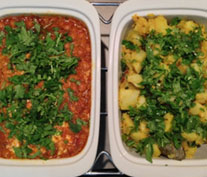

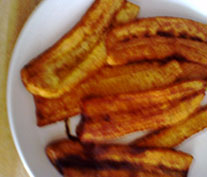

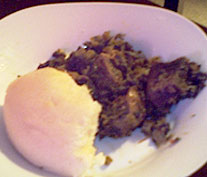

Findings Synopsis
There are unique dietary practices and food beliefs in each of the three ethnocultural groups, explored in the relevant sections that follow. Similarities are found when comparing the three groups, including:
1. Socioeconomic status post-migration:
A downward shift in socioeconomic status post-migration is a common experience described in the literature, and echoed in our findings. Edmonton's cost of living is relatively high, including food costs, and this can be problematic for participants as they attempt to stretch food budgets.
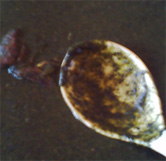
2. Religious affiliation:
A downward shift in socioeconomic status post-migration is a common experience described in the literature, and echoed in our findings. Edmonton's cost of living is relatively high, including food costs, and this can be problematic for participants as they attempt to stretch food budgets.
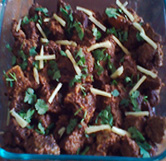
3. Humoral medical systems:
These are common throughout the world, and can be briefly summarized as the need to keep the body in balance. The body is kept in balance in different ways, including food behaviours (i.e. eating or avoiding certain foods). Examples of humoral medical systems include Traditional Chinese medicine (yin/yang) and Ayurvedic medicine originating and practiced in South Asia. ADD photo of food used in such practices.

4. Social Support:
Family members' support for a woman during the perinatal period was important, and potentially lacking if most family members had not migrated. However social media and other technology were often used to connect with knowledgeable family members living in different places.
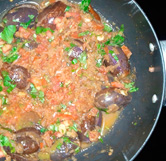
5. Important role of health practitioners:
While there are many knowledge sources participants turn to in seeking food and health information, health practitioners are highly respected and consequently are in a strong position to discuss food practices.

It is important to note that there is great diversity within ethnocultural communities. When using the general information provided in the following sections, keep in mind that an individual's family context, socioeconomic status, educational background, personal opinions and beliefs, and so on influence how they incorporate ethnocultural food beliefs into their everyday food practices. Do not assume that everyone understands or follows the cultural food rules in the same way!